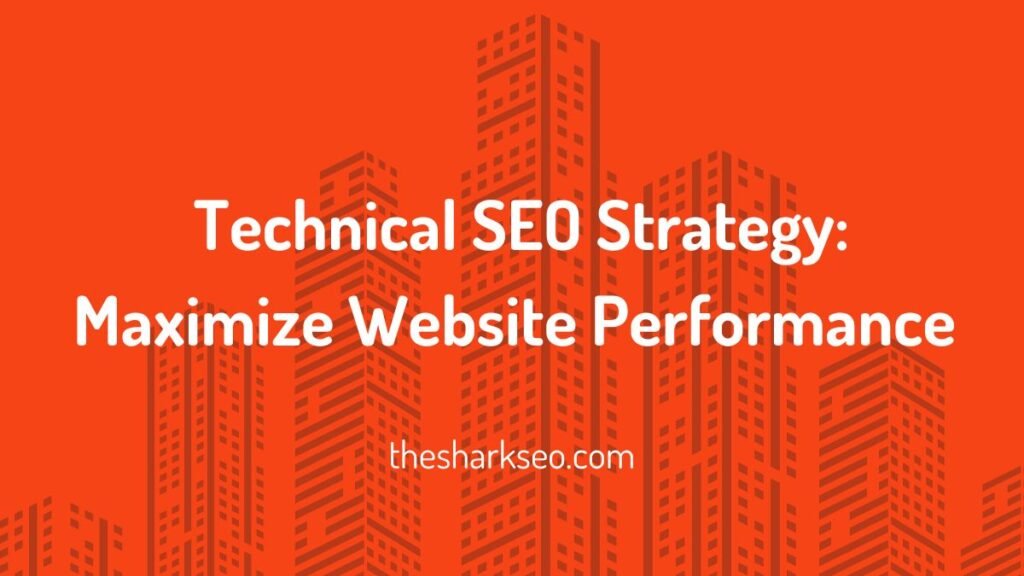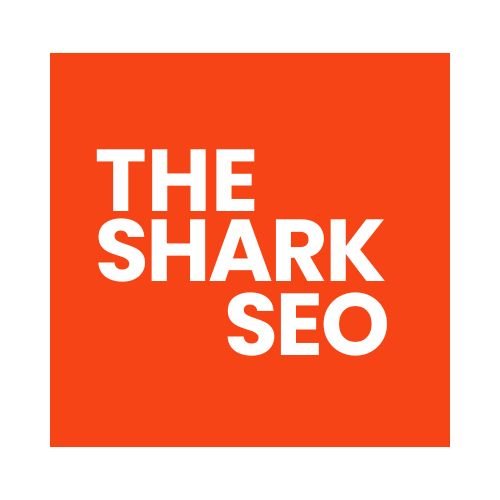Technical SEO Strategy: Maximize Website Performance in 2024

In the ever-evolving world of digital marketing, technical SEO remains a cornerstone of successful online visibility. While content may be king, it’s the technical foundation that ensures your royal message reaches its intended audience. As we approach the second half of 2024, the importance of a robust technical SEO strategy cannot be overstated.
Understanding the Core of Technical SEO
Technical SEO refers to the process of optimizing your website’s infrastructure to improve its visibility in search engines. It’s the behind-the-scenes work that makes your site more crawlable, indexable, and user-friendly. Unlike on-page SEO, which focuses on content optimization, technical SEO deals with the nuts and bolts of your website’s performance.
The Four Pillars of Technical SEO
- Discoverability: How easily can search engines find your content?
- Crawlability: Can search engine bots navigate your site efficiently?
- Indexability: Are your pages being stored in search engine databases?
- User Experience (UX): Is your site easy and enjoyable for visitors to use?
Let’s dive deeper into each of these pillars and explore strategies to enhance your website’s performance.
Optimizing for Discoverability
Discoverability is the first step in getting your content noticed by search engines. Here are some key strategies to improve your site’s discoverability:
Creating a Clear Sitemap
A sitemap is like a roadmap for search engines, guiding them to all the important pages on your site. XML sitemaps are particularly useful as they can be submitted directly to search engines.
Tips for effective sitemaps:
- Include all important pages, but exclude low-value or duplicate content
- Update your sitemap regularly, especially when adding new content
- Submit your sitemap to Google Search Console and Bing Webmaster Tools
Organizing Site Architecture
A well-structured website is easier for both users and search engines to navigate. Consider implementing a logical hierarchy for your content.
Best practices for site architecture:
- Use a clear, intuitive menu structure
- Implement breadcrumbs for easy navigation
- Limit the depth of your site structure (aim for no more than 3-4 clicks from the homepage to any page)
Improving Crawlability
Once search engines can discover your site, the next step is ensuring they can crawl it effectively. This is where crawl budget optimization comes into play.
Understanding Crawl Budget
Crawl budget refers to the number of pages a search engine will crawl on your site within a given timeframe. Optimizing your crawl budget ensures that search engines focus on your most important pages.
Strategies to optimize crawl budget:
- Use robots.txt to guide search engines away from unimportant pages
- Implement rel=”nofollow” tags on links to pages you don’t want crawled
- Fix broken links and redirect chains that waste crawl budget
Improving Site Speed
Fast-loading pages are not only better for user experience but also help search engines crawl your site more efficiently.
Tips for improving site speed:
- Optimize images and use lazy loading
- Minify CSS, JavaScript, and HTML
- Leverage browser caching
- Use a Content Delivery Network (CDN) for faster global access
Enhancing Indexability
Once your site is discoverable and crawlable, the next step is ensuring it’s properly indexed by search engines.
Leveraging Schema Markup
Schema markup helps search engines understand the context of your content, potentially leading to rich snippets in search results.
Key areas to implement schema markup:
- Organization and local business information
- Products and reviews
- Events and recipes
- Articles and FAQ pages
Optimizing Heading Structure
A clear heading structure helps both users and search engines understand the hierarchy and relevance of your content.
Best practices for heading structure:
- Use H1 tags for main titles (only one per page)
- Use H2 and H3 tags for subheadings
- Ensure headings are descriptive and include relevant keywords naturally
Prioritizing User Experience (UX)
While often overlooked in technical SEO discussions, user experience plays a crucial role in how search engines evaluate your site.
Core Web Vitals
Google’s Core Web Vitals are a set of specific factors that Google considers important in a webpage’s overall user experience. They include:
- Largest Contentful Paint (LCP): measures loading performance
- First Input Delay (FID): measures interactivity
- Cumulative Layout Shift (CLS): measures visual stability
Strategies to improve Core Web Vitals:
- Optimize images and videos
- Minimize third-party scripts
- Implement effective lazy loading
- Optimize CSS delivery
Accessibility
An accessible website is not only beneficial for users with disabilities but also contributes to better overall user experience and potentially higher search rankings.
Key accessibility considerations:
- Use descriptive alt text for images
- Ensure sufficient color contrast
- Make your site keyboard-navigable
- Implement proper ARIA labels
Monitoring and Maintaining Technical SEO
Implementing technical SEO strategies is not a one-time task. Continuous monitoring and maintenance are crucial for long-term success.
Essential Tools for Technical SEO
- Google Search Console: For tracking indexing issues, search performance, and submitting sitemaps
- Screaming Frog: For comprehensive site audits and identifying technical issues
- PageSpeed Insights: For analyzing and improving page speed and Core Web Vitals
- SEMrush or Ahrefs: For competitive analysis and tracking keyword rankings
Regular Audits and Updates
Perform regular technical SEO audits to identify and address issues proactively. This should include:
- Checking for crawl errors and broken links
- Monitoring site speed and Core Web Vitals
- Reviewing robots.txt and sitemap for accuracy
- Analyzing mobile-friendliness and responsive design
The Future of Technical SEO
As we look towards the future, several trends are shaping the landscape of technical SEO:
- AI and Machine Learning: Search engines are becoming more sophisticated in understanding user intent and context.
- Voice Search Optimization: With the rise of voice-activated devices, optimizing for conversational queries is becoming crucial.
- Mobile-First Indexing: Google now primarily uses the mobile version of content for indexing and ranking.
- Page Experience Signals: User experience factors are playing an increasingly important role in search rankings.
Conclusion: The Ongoing Importance of Technical SEO
As search engines continue to evolve, the importance of a solid technical SEO foundation remains constant. By focusing on discoverability, crawlability, indexability, and user experience, you can create a website that not only ranks well but also provides value to your visitors.
Whether you’re a seasoned SEO professional or just starting out, investing time and resources into technical SEO is one of the most effective ways to improve your website’s performance and visibility in search results. So, roll up your sleeves, dive into the technical details, and watch your site climb the rankings!


